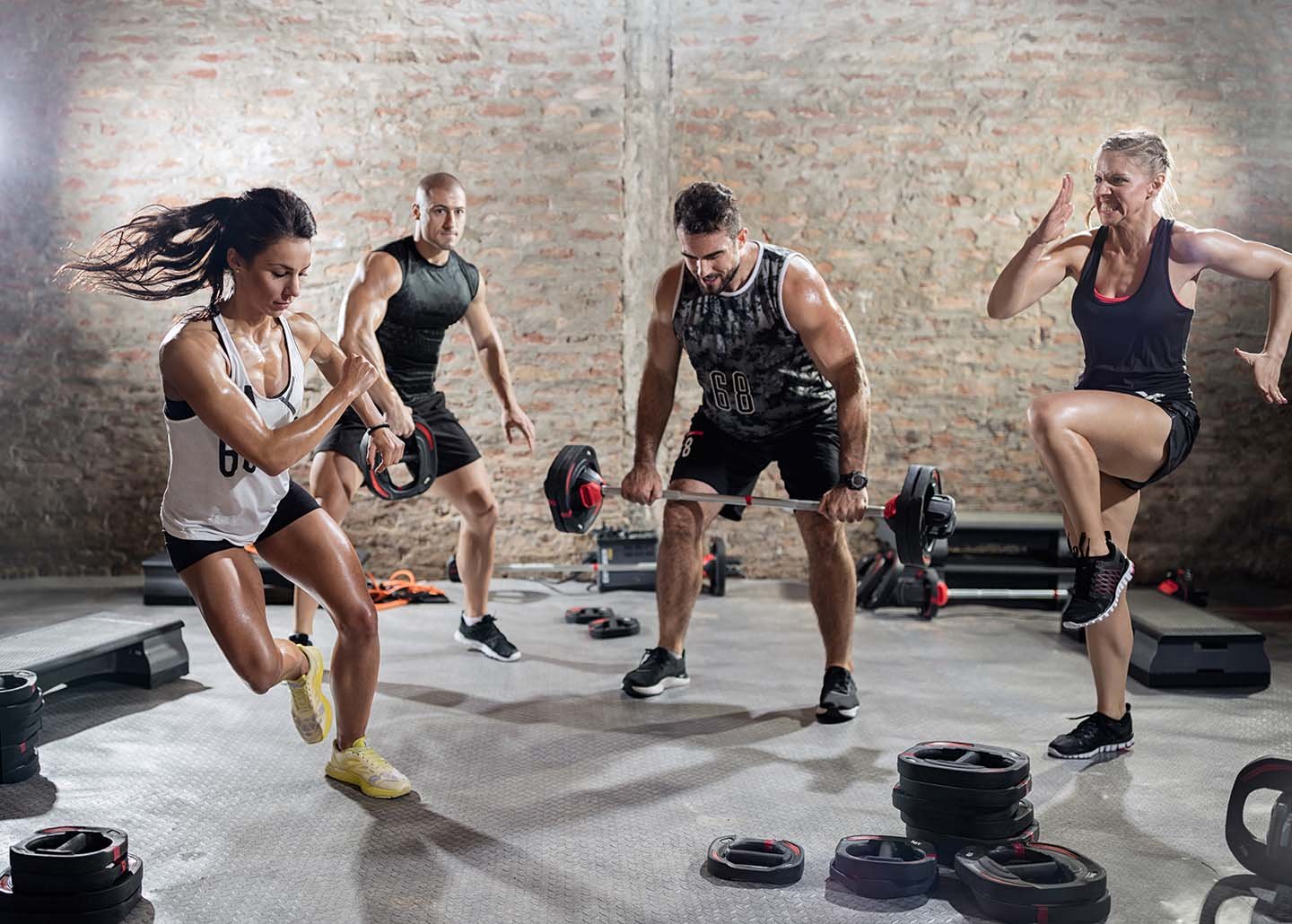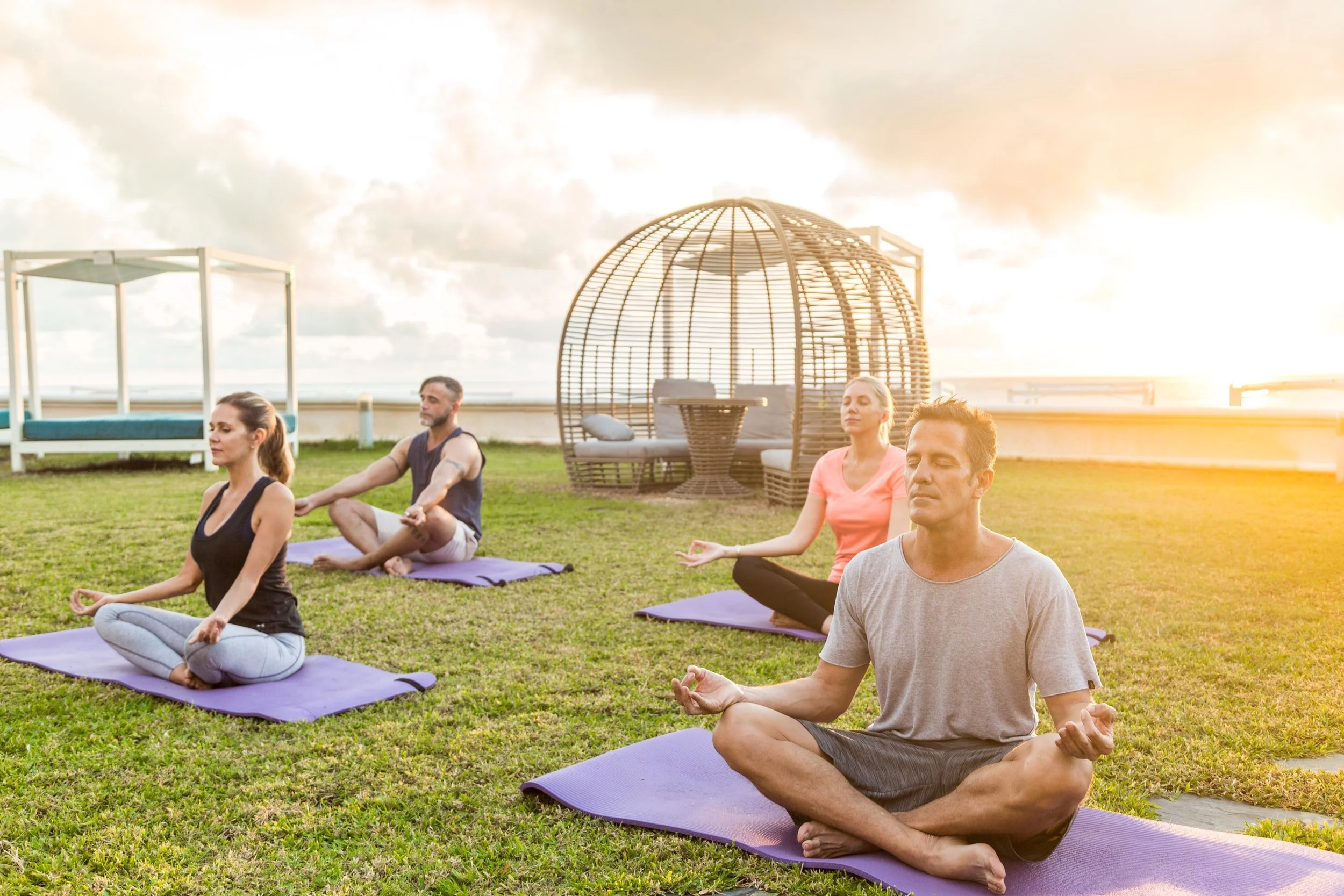Workout at Home: 7 Rules for Safe Sports
Workout at Home: 7 Rules for Safe Sports
While fitness clubs are closed and it is impossible to exercise outdoors, people are switching to home workouts. We will tell you how to find time for sports, where to start and how to monitor your exercise and health. And also - how to fight boredom in the process and stick with your classes.
The advantage of training at home is that it is a familiar environment that does not require any extra travel time. But it is worth following a few rules so as not to risk your health, as well as to ensure you see the benefits and enjoy yourself. These tips will come in handy after quarantine.
Perhaps you’re getting into the habit of exercising at home and choosing not to waste time commuting to the club, or adding home workouts to your workouts at the gym.
Rule number 1: set goals and pick the load
Try to honestly answer the question of what training is for. The load, training plan and mood depend on this. Some are going to normalize their weight, others are going to get out of quarantine and run a marathon, and still others want to keep moving in order to remain fit and maintain a good mood. The trainer will recommend suitable loads, help you create a program, and give instructions on exercise techniques. During self-isolation, fitness clubs offer individual home workout programs and video tutorials.
Before you start exercising, you should consult with your doctor and trainer. The doctor will assess your state of health and warn what to look for. This is especially true for those who have not been involved in sports before, and people over 45 years old.
Rule number 2: schedule
Sports take time. Finding a free hour for training is difficult - there is a temptation to find things that are more important than training. Therefore, exercise should be included in your daily schedule. Plan three to four workouts per week. It is suitable for beginners and experienced athletes. With such a schedule, sports will not become a daily duty that you want to dodge, and your muscles will have time to recover between workouts. Choose a convenient time, not necessarily morning or evening.
The main thing is not to exercise before bedtime and immediately after eating - here you need a pause of one and a half to two hours.
Rule number 3: choose the equipment and the plan for the class
If there is no ready-made individual program and personal trainer, you can use mobile sports applications. Your smartphone offers plenty of opportunities to find a workout plan and video instructions, as well as select a playlist for training and make a useful menu.
For home activities, a minimum set of sports equipment is suitable:
mat;
fitness elastic band;
typesetting dumbbells that allow you to adjust the weight.
Additionally, you can hang a horizontal bar in the doorway and buy TRX hinges.
In addition, comfortable clothing and footwear will be required for training. Exercise with sneakers to avoid slipping or twisting your leg.
Rule number 4: listen to your body during exercise
When training without an instructor, watch your well-being so that you know when to pause. This is important for beginners and for those who have started up again after a long break. In such cases, post-workout fatigue, aching muscles, and joints are a normal consequence of exercise. Try lowering your workout intensity or choosing a different exercise to start.
Dizziness, nausea, arrhythmia, or muscle cramps are a good reason to stop exercising immediately.
Rule number 5: do a warm-up and cool-down
Before classes, you need to warm up. For this, articular gymnastics and aerobic exercises are suitable - hand circles, swings. Or make lightweight exercises from the main program.
Warming up prepares your muscles and joints for stress, helps you avoid injury and get more out of your workout.
After a workout, it is worth doing a hitch to return the body to its usual state, lower the pulse and restore breathing. Walking or stretching exercises can help you cool down. Warming up and cooling down can help reduce muscle soreness after exercise.
Rule number 6: drink water
One of the reasons you might not feel well during exercise is dehydration. Together with sweat, the body loses electrolytes - minerals that maintain the body's fluid balance and regulate blood pressure. Dehydration causes muscle cramps, dizziness, and fatigue.
The instructors advise drinking water between exercise cycles, when you regain your breath, and after exercise. Normal fluid levels help the body recover. It is especially important to drink water while exercising in hot weather or in a stuffy room.
Rule number 7: add variety
Be prepared for the fact that over time, training will not be as fun as it was at the start. Even in the gym with a trainer, it’s sometimes boring to work out the same exercises. Moreover, the results do not appear immediately. This is not a reason to quit classes. To avoid monotony, add new exercises or equipment to your programs, alternate your workouts, and try new sports. Buy colorful clothes and accessories for your activities. Also, work out with your family or invite friends to work out online.
















